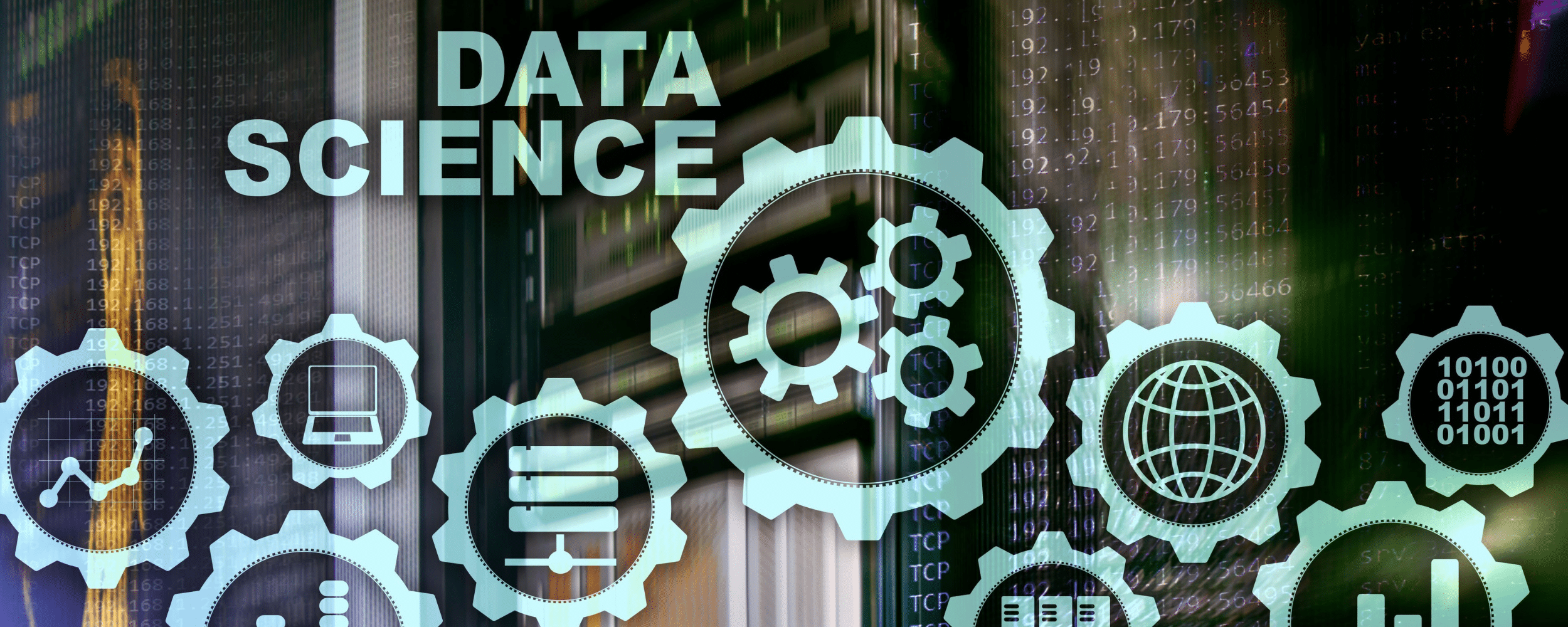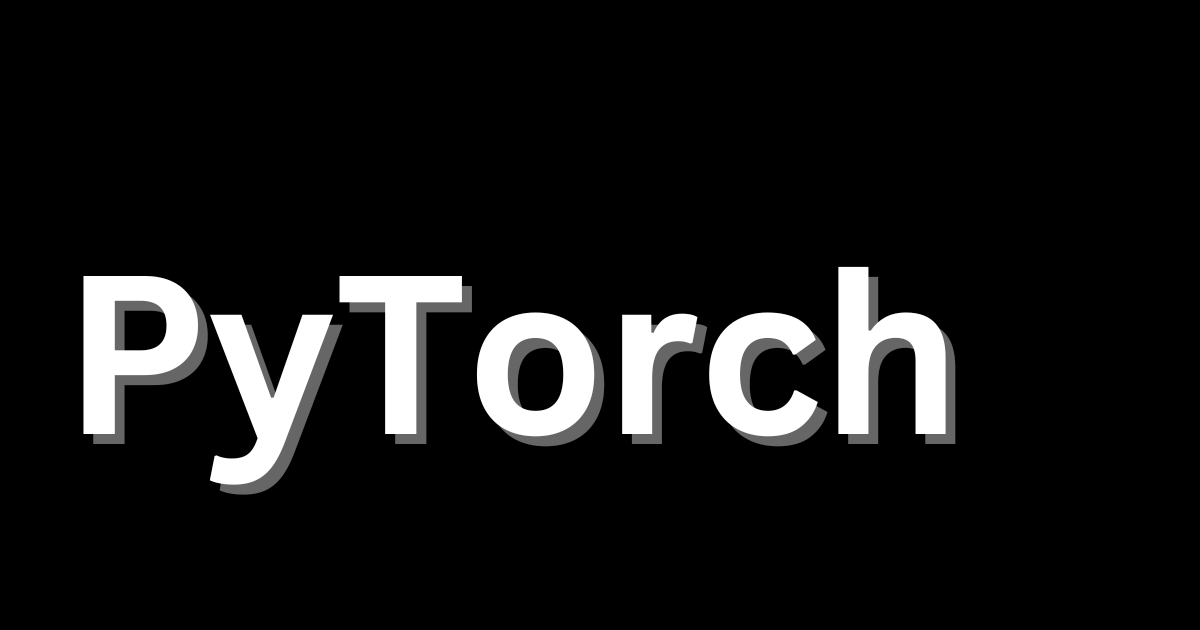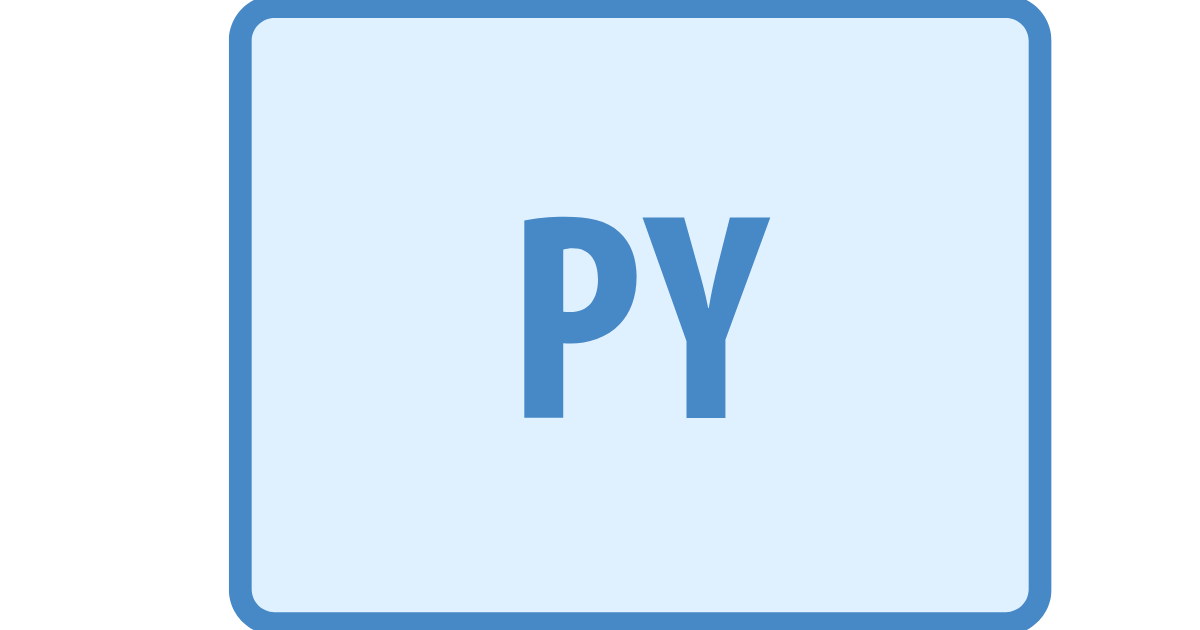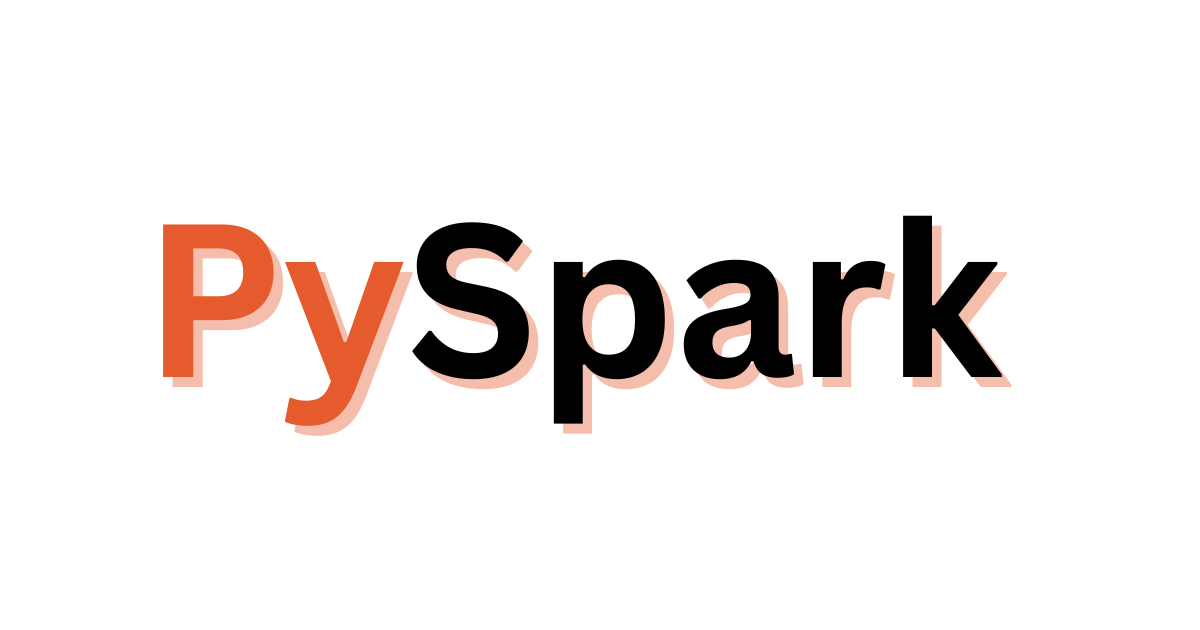9 Best Data Python Frameworks for Data Science
You want to be a data scientist. You’ve seen the movies, you’ve read the books, and you’re convinced that this is the career for you. But where do you start? One of the best places to start is by learning Python. Python is a versatile language that is used in a variety of industries, including data science. In this article, we will introduce you to 9 of the best data Python frameworks for data science.
There are many different Python frameworks for data science, but not all of them are equal. So, which one should you choose for your project? Well, that depends on your needs. Some frameworks are better for data analysis, while others are better for machine learning or scientific computing. And some are more suited for beginners than others.
That’s why we’ve created this list of the 9 best data Python frameworks. We’ll start with the basics and work our way up to the more advanced frameworks. By the end of this article, you’ll know which framework is right for you.
1. TensorFlow
If you’re looking for a more sophisticated data Python framework, TensorFlow is worth a look. Developed by Google Brain, this open-source platform is designed for deep learning and Machine Learning (ML). TensorFlow allows you to build custom algorithms and models to optimize and improve your data science process.
One of the benefits of TensorFlow is its scalability. You can run it on a single CPU or across clusters of CPUs and GPUs. This makes it a popular choice for larger projects. TensorFlow is also versatile, working with a variety of programming languages. You can use Python, but there are also Jupyter Notebooks that allow you to work in JavaScript, C++, and other languages.
2. PyTorch
PyTorch is one of the newer frameworks on this list, but it’s already making a big splash. Developed by Facebook AI Research, PyTorch is a Python framework for deep learning that’s quickly gaining popularity among data scientists.
PyTorch is unique in that it allows you to write code dynamically, which means you can change your models on the fly. This makes it a great choice for experimentation and rapid prototyping. PyTorch is also GPU-accelerated, which makes it great for deep-learning applications.
3. Keras
Keras is a high-level open-source framework for deep learning that runs on top of other popular frameworks, such as TensorFlow, Theano, and Microsoft Cognitive Toolkit (CNTK). It was developed with a focus on enabling fast experimentation, which makes it a great choice if you’re working on prototyping or research.
Keras is written in Python and can be run on both CPU and GPU. It’s also well suited for running on top of multiple GPUs, making it a good choice if you’re looking to scale up your deep learning models.
Keras has a number of advantages over other frameworks, including:
- Its user-friendly API makes it easy to get started with deep learning
- It’s modular and extensible, making it easy to create custom models
- It supports Convolutional Neural Networks (CNNs) and Recurrent Neural Networks (RNNs), making it a good choice for a variety of tasks
- It’s capable of running on top of multiple backends (e.g., TensorFlow, Theano, CNTK), which gives you more flexibility
4. Scikit-Learn
Scikit-learn is a great data Python framework for data science because it has a lot of built-in functions that make it easy to perform common tasks, such as regression, classification, and clustering.
What’s more, Scikit-learn works well with NumPy and pandas, two of the most popular Python libraries for data analysis. And if you need to test your models on larger datasets, Scikit-learn also integrates well with SciPy, which is a Python library for scientific computing.
Make sure you check out the official Scikit-learn documentation before getting started, as it’s very comprehensive and will help you get the most out of this powerful data Python framework.
5. Pandas
Pandas is one of the most popular Python libraries for data analysis and manipulation. It’s a great choice if you’re doing any kind of work with data, as it provides a lot of powerful features that make it easy to clean, transform, and analyze your data.
Pandas is built on top of NumPy, another popular Python library for numerical computing, so it’s very efficient with large datasets. Pandas also has a lot of built-in functions for filtering, aggregating, and visualizing data, which makes it a great tool for exploratory data analysis.
If you’re looking for a powerful and flexible Python data analysis toolkit, Pandas is definitely worth checking out.
6. NumPy
NumPy is a Python library for Scientific Computing. It is the core library for scientific computing in Python. It contains a powerful N-dimensional array object, sophisticated (broadcasting) functions, tools for integrating C/C++ and Fortran code, useful linear algebra, Fourier transform, and random number capabilities.
What makes NumPy so special? First and foremost, it’s incredibly efficient. Secondly, NumPy allows you to work with very large data sets using powerful operations such as slicing, masking, and fancy indexing.
Last but not least, NumPy is extremely portable. You can use it on pretty much any platform, including Windows, Mac, Linux, and even mobile devices.
7. PySpark
PySpark is the Python API for Apache Spark. It’s a powerful tool that allows you to run complex computations on large data sets. If you’re not familiar with Apache Spark, it’s a fast and general engine for large-scale data processing. PySpark lets you interface with Spark using Python, which means you can take advantage of the power of Spark without having to learn a new programming language.
PySpark is easy to use and has a lot of features that make it a great choice for data science projects. For example, it has built-in support for machine learning algorithms, so you can easily use Spark’s MLlib library to create models and make predictions.
It also has a rich set of libraries for working with data, including support for SQL, DataFrames, and stream processing. And if you need to interface with other languages, PySpark also supports Java, R, and Scala.
8. Scikit-Image
If you’re looking for a comprehensive image processing toolkit, look no further than Scikit-Image. This library has pretty much everything you need, from basic image loading and manipulation to more advanced features like color space conversion, filtering, segmentation, and registration.
And if that wasn’t enough, Scikit-Image also comes with built-in algorithms for common tasks like thresholding, edge detection, and morphology. Oh, and it’s open source so you can always contribute if you want to.
9. Matplotlib
Matplotlib is a comprehensive library for creating static, animated, and interactive visualizations in Python. With its wide range of features, Matplotlib is suitable for producing publication-quality figures in a variety of hardcopy formats and interactive environments across platforms
Some of the key features of Matplotlib are:
- Support for a wide range of backends to render static and animated visualizations.
- Tools for creating a custom user interface with graphical widgets.
- Functions for integrating visuals into web applications.
- Support for converting visualizations from one format to another (e.g., PDF to PNG).
- Thorough documentation on all aspects of Matplotlib.
So, those are the 9 best data Python frameworks for data science. But remember, your choice of framework will depend on the specific needs of your project.
The important thing is to get started with data science, and Python provides a great foundation for getting started. With the right tools and a bit of practice, you’ll be well on your way to becoming a data science expert.

















